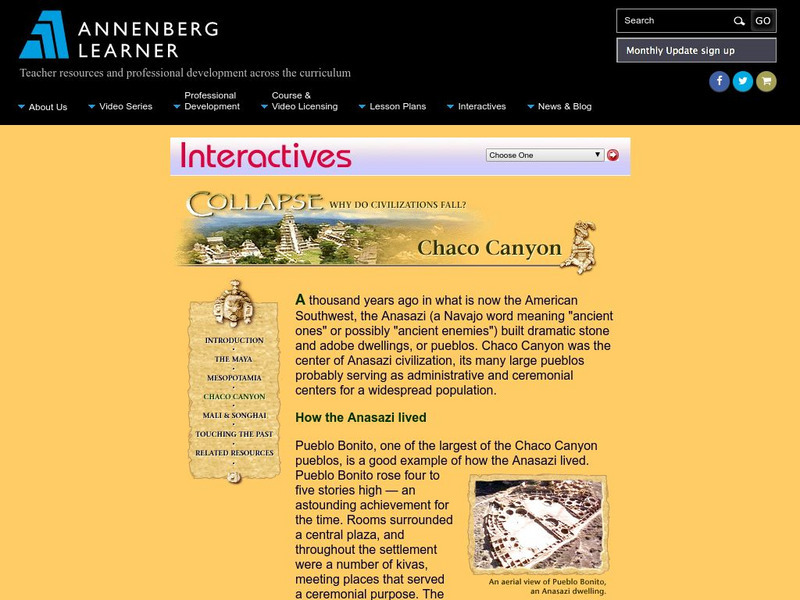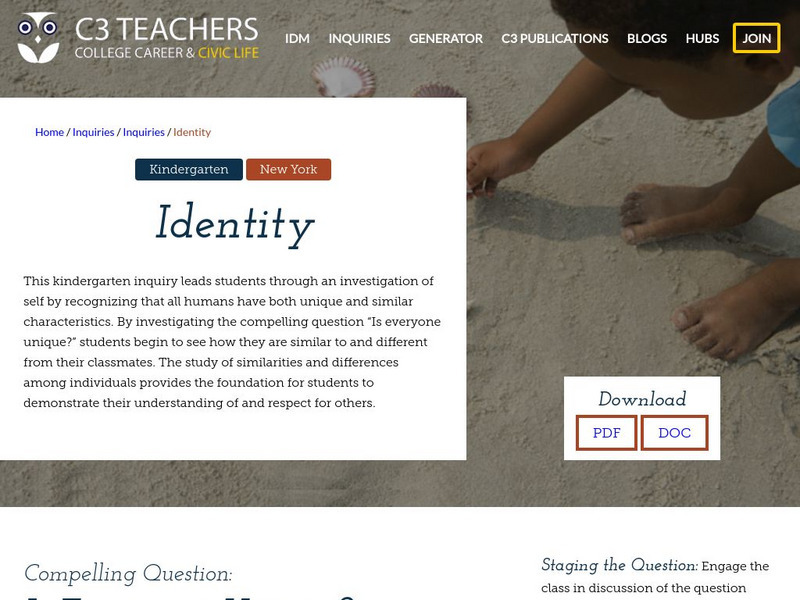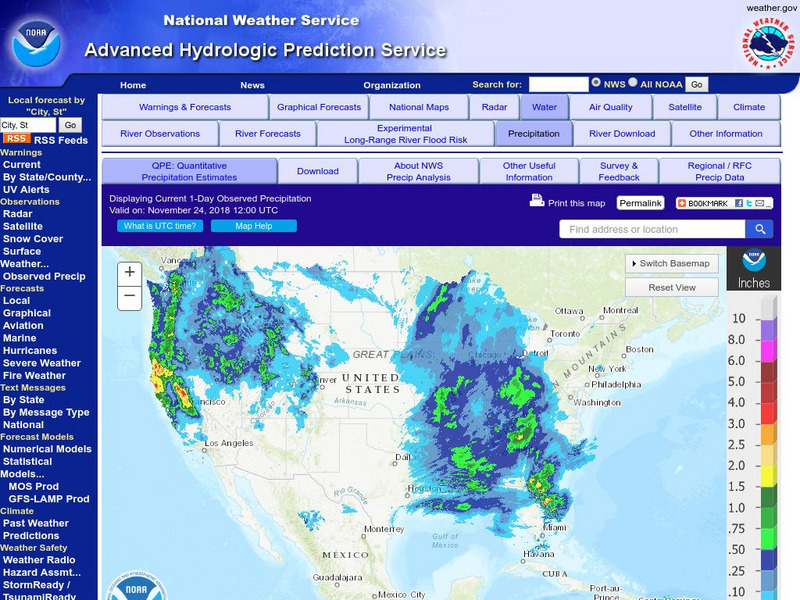A-Z Animals
A Z Animals: Animal Facts: Pig (Sus Scrofa Scrofa)
Provides photographs and a fact card about the domestic pig. Discusses their origin, how humans use them, physical characteristics, diet, and facts about their feet and teeth.
A-Z Animals
A Z Animals: Animal Facts: Polar Bear (Ursus Maritimus)
Provides photographs and a fact card about the polar bear, a species that is threatened. Discusses their classification and evolution, physical appearance, distribution and habitat, behavior and lifestyle, life cycle, diet, predators,...
A-Z Animals
A Z Animals: Animal Facts: Proboscis Monkey (Nasalis Larvatus)
Provides photographs and a fact card about the proboscis monkey. Discusses their classification and evolution, physical appearance, distribution and habitat, behavior and lifestyle, life cycle, diet, predators, interesting facts, threats...
A-Z Animals
A Z Animals: Animal Facts: Puffin (Fratercula Arctica)
Provides photographs and a fact card about the puffin. Discusses their classification and evolution, physical appearance, distribution and habitat, behavior and lifestyle, life cycle, diet, predators, interesting facts, threats from...
A-Z Animals
A Z Animals: Animal Facts: Radiated Tortoise (Astrochelys Radiata)
Provides photographs and a fact card about the radiated tortoise, a critically endangered species. Discusses their classification and evolution, physical appearance, distribution and habitat, behavior and lifestyle, life cycle, diet,...
National Humanities Center
National Humanities Center: Toolbox Library: William Cullen Bryant and Philip Freneau
Two poems examining divinity and concluding that while God is benevolent, one appreciates God either through a romantic lens or a rationalist calculation. Poems are William Cullen Bryant's, "To a Waterfowl," and Philip Freneau's, "On the...
National Geographic
National Geographic: Observing Physical and Cultural Landscapes
In this lesson, students examine photographs of Europe as they learn to distinguish between physical and cultural characteristics of a landscape, and make observations and inferences about the places and people in the photographs. They...
A-Z Animals
A Z Animals: Animal Facts: Penguin (Aptenodytes Forsteri)
Provides photographs and a fact card about the penguin. Discusses where they are found, physical characteristics, diet, locomotion, predators, and interactions with humans.
A-Z Animals
A Z Animals: Animal Facts: Prawn (Dendrobranchiata)
Provides photograph and facts about the prawn, a crustacean. Discusses physical characteristics, where they are found, diet, and how humans use them.
A-Z Animals
A Z Animals: Animal Facts: Rattlesnake
Provides a photograph and a fact card about rattlesnakes. Describes why they are considered poisonous and dangerous, their physical appearance and characteristics, dietary habits, predators, and how humans can survive a bite from one.
Khan Academy
Khan Academy: Spaniard and Indian Produce a Mestizo Attributed to Juan Rodriguez
The Mestizo belongs to a larger series of works that seek to document the inter-ethnic mixing occurring in New Spain among Europeans, indigenous peoples, Africans, and the existing mixed-race population. This genre of painting is known...
Georgia Department of Education
Ga Virtual Learning: Fable Chart [Pdf]
This is a PDF Fable Chart designed for students to complete as they read a fable; it includes the title and author, the animal character, human characteristics, the individual elements of a short story, and the moral or lesson.
A-Z Animals
A Z Animals: Animal Facts: Olm (Proteus Anguinus)
Provides photographs and a fact card about the olm, a blind salamander. Discusses where they are found, physical characteristics, habitat, diet, predators, reproduction, and their population decline.
Illustrative Mathematics
Illustrative Mathematics: 8.ee Ants Versus Humans
This task requires students to work with large and small values expressed in scientific notation and in decimal notation, as well as to convert units of mass. Aligns with 8.EE.A.4 and 8.EE.A.1.
Annenberg Foundation
Annenberg Learner: Collapse: Chaco Canyon
Intriguing site that explores the settlement of Chaco Canyon and its collapse. It describes the community and the factors attributed to its demise.
Keene College
Geo Granite: Describing Places
At this site, explore the concept of regions, learning that regions can be defined in countless ways, depending on a person's perspective.
Keene College
Geo Granite: Don't Water. . . Shed a Tear
A captivating hands-on lesson where students create a watershed and its tributaries, then learn about the watershed's importance in geographic regions.
National Geographic
National Geographic: More Physical Geography and Borders
Lesson on the physical features that create borders and boundaries. Small group and whole class activities, background information, worksheets and assessment.
C3 Teachers
C3 Teachers: Inquiries: Identity
A kindergarten learning module on individual differences. It includes several supporting questions accompanied by formative tasks and image resources as well as a summative performance task. Students explore their own uniqueness and...
National Weather Service
National Weather Service:climate Prediction Center: Daily Precipitation Analysis
Find real-time daily precipitation analysis for the United States, Mexico, and South America as well as accumulated precipitation maps for the past 30 or 90 days.
Columbia University
Columbia University: East Asia in Geographic Perspective: Standard 4
Physical and Human Characteristics of Places
Yale University
Yale National Initiative:take a Stab at It: Exploring Character in Julius Caesar
This curriculum unit guides students in a deep investigation of the characters in The Tragedy of Julius Caesar, and in developing an appreciation of Shakespeare's talent for language and his insightful understanding of human...
Illustrative Mathematics
Illustrative Mathematics: 7.rp How Fast Is Usain Bolt?
This lesson plan has students determine how fast a human can run and compare that speed to some of the fastest animals.
National Geographic
National Geographic: To Build an Island
"This lesson gives students a basic overview of the geography of islands. They learn where islands are located throughout the world and will study two very different island groups (the Philippines and the British Isles) to illustrate the...




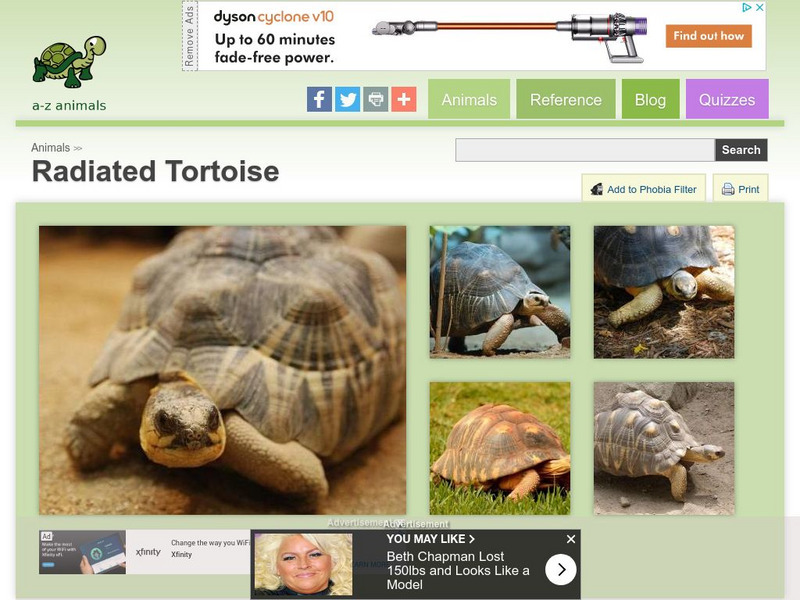


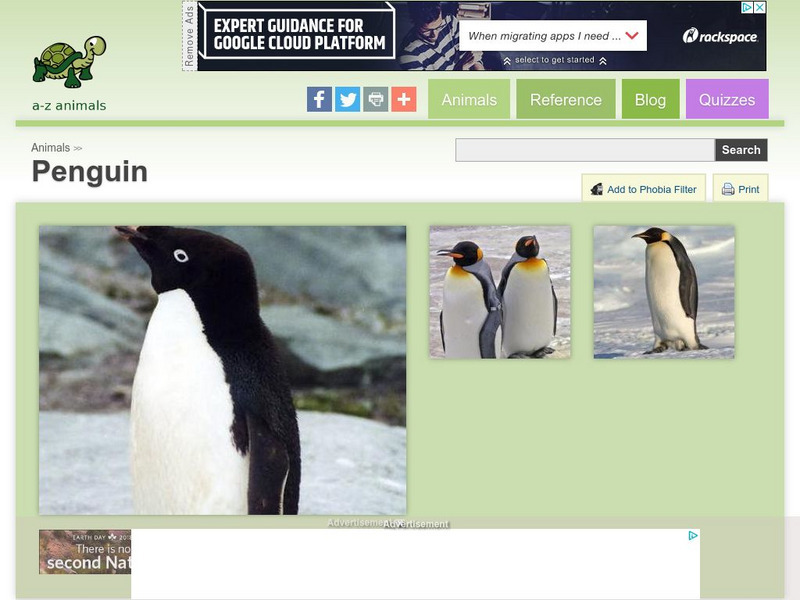
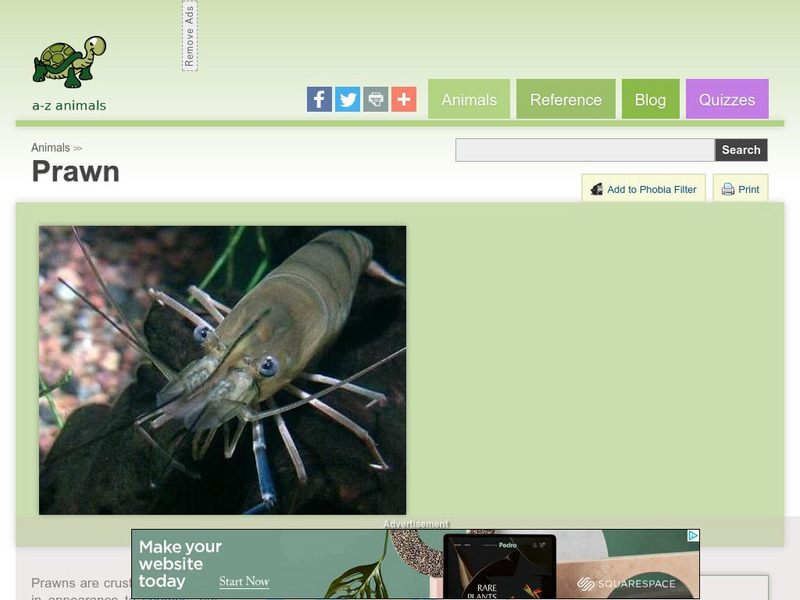
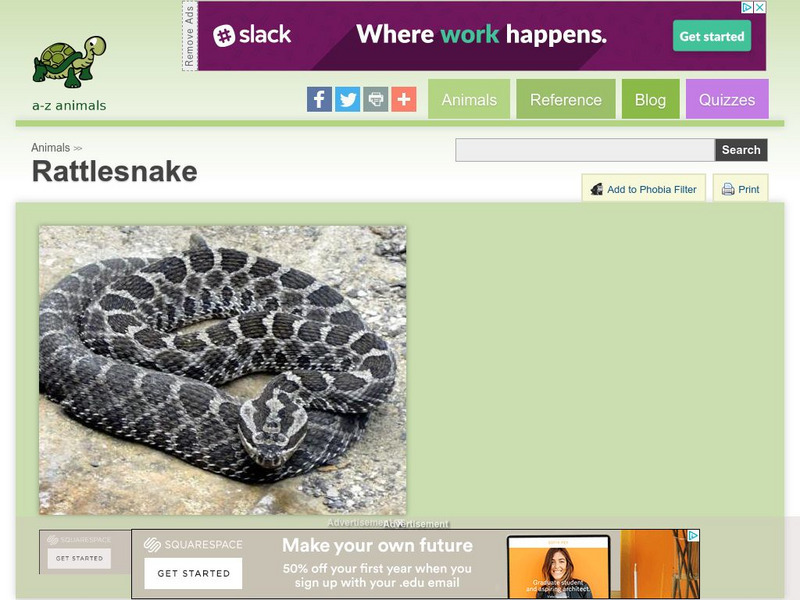

![Ga Virtual Learning: Fable Chart [Pdf] Graphic Ga Virtual Learning: Fable Chart [Pdf] Graphic](https://static.lp.lexp.cloud/images/attachment_defaults/resource/large/FPO-knovation.png)


